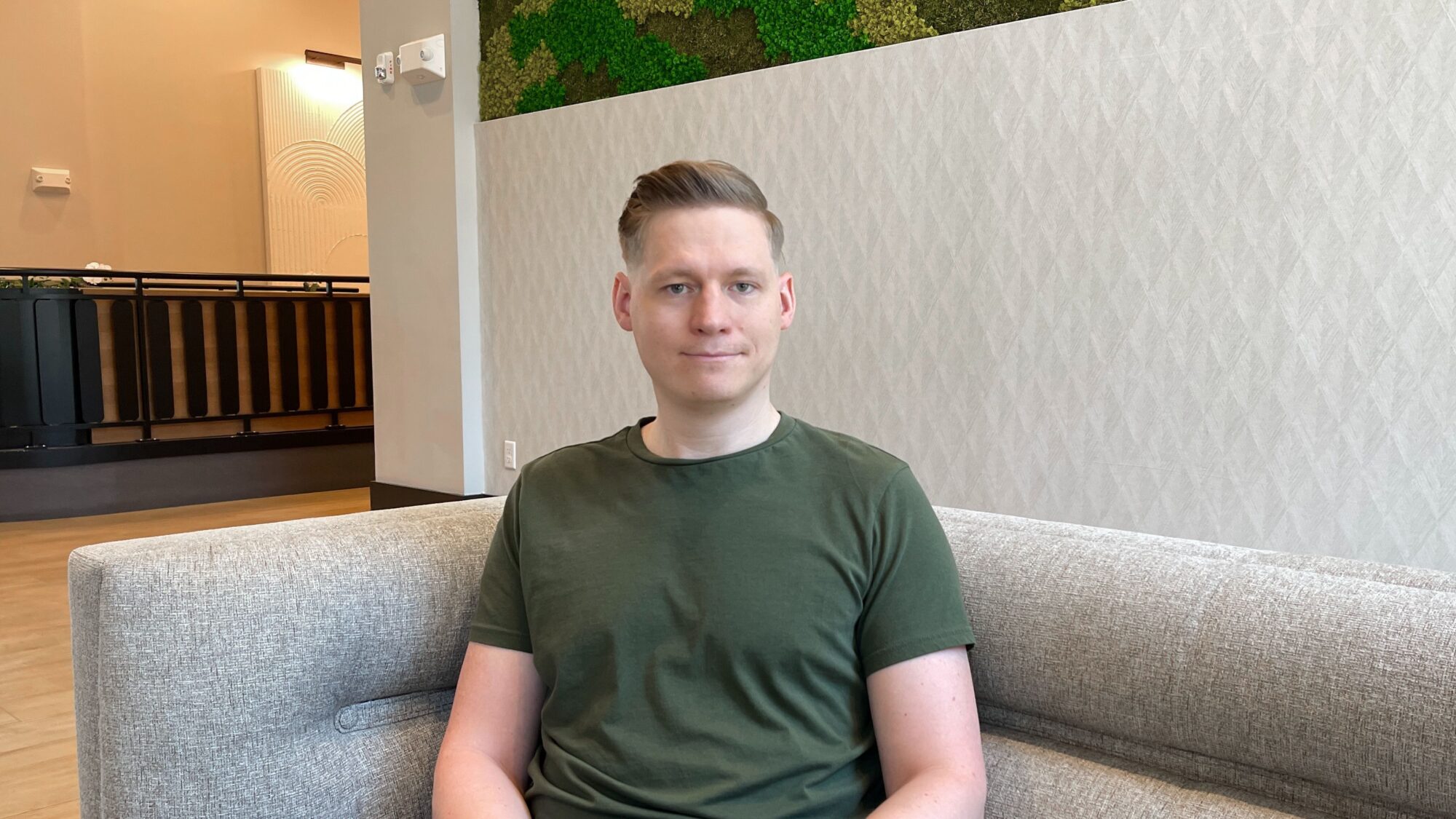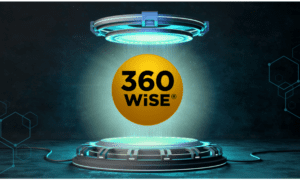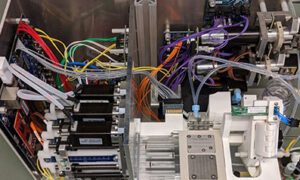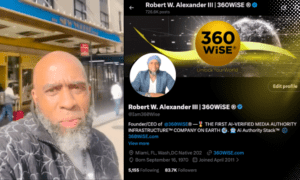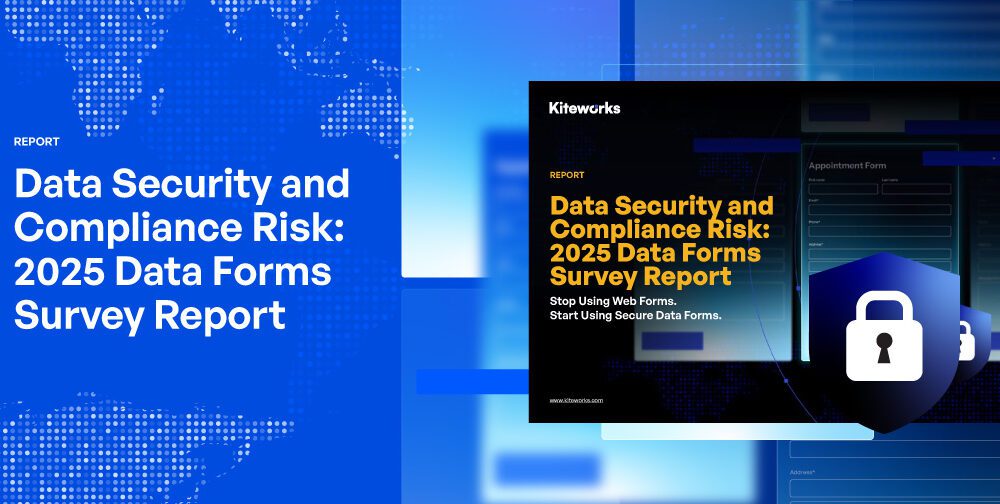Roman Martynenko still remembers building his first website with a friend, back when resources were scarce and guidance was almost nonexistent. There were no tutorials, no GitHub repositories—just raw curiosity and late nights spent experimenting with whatever tools they could find. It wasn’t about polish or performance; it was about figuring it out from the ground up. That first site wasn’t perfect, but it was live. And that was the breakthrough.
That idea stuck. Resilience over perfection. Systems that recover, not just run.
Today, Roman is a founding engineer at Henry AI, where he helps build agentic systems that automate some of the toughest workflows in commercial real estate. But his story isn’t about job titles or shiny tools—it’s about engineering for reality—making things that work under pressure and keep working.
A Timeline of Impact
Roman’s foundation was built on performance. At PVD Technology, he optimized five WordPress sites by replacing jQuery with React. Load times dropped dramatically, with a 50% improvement in Largest Contentful Paint and SEO scores jumping up to 60%.
At Rubarb Digital, he didn’t just build sleek WordPress themes—he engineered faster delivery pipelines, mentored a junior developer, and improved load times by 40%. Speed wasn’t just for users; it was also for teams.
Stepping into Scale: DecisionMapper
Roman’s shift into full-stack came at DecisionMapper, where he led the migration to microservices in Node.js and React. Deployment cycles shrank from weeks to days.
He also built a workflow visualization tool that revealed operational bottlenecks—so effectively, a client bought it outright. The result? A 40% revenue increase and a new mindset: engineering doesn’t just serve—it scales.
Designing for Reliability: DataArt
When Roman moved into healthcare with DataArt, he stepped into a space where downtime isn’t an inconvenience—it’s a risk. He migrated backend services from Node.js to .NET, redesigned the data model, and replatformed everything on AWS. The outcome: 25% faster API responses, with zero degradation under load.
He also built a Python-powered A/B testing tool that lets non-engineers run SEO experiments. It wasn’t just more data—it was better decisions.
Engineering Autonomy: Henry AI
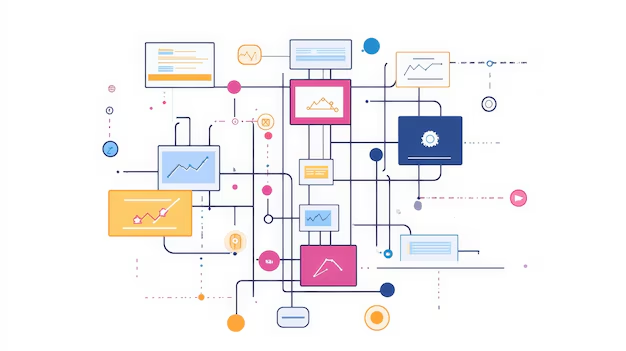
Image: Freepik
At Henry AI, Roman is building infrastructure that thinks—and recovers. He’s helped ship:
- An MVP that secured $4M in seed funding
- A React-based deck builder that cuts pitch creation time from hours to under just minutes
- A Golang orchestration engine that chains AI agents to process up to five unstructured documents per deal, transforming Excel, PDF, or Word files into a structured, presentation-ready deck.
These aren’t demos. They’re audited, production-grade systems—used by major commercial real estate firms in the U.S. and abroad.
How He Builds: Systems That Think—and Recover
Roman doesn’t start with a framework. He starts by asking: where does it break?
If a model hallucinates, what happens next? If an API stalls, does the user notice—or does the system route around the failure? His architecture is designed not just to work, but to isolate failures before they cascade.
Modular. Predictable. Explainable.
One pipeline at Henry AI might look like this:
- One agent retrieves zoning data
- Another summarizes it
- A third ranks the risk
If one part fails, the system reroutes and flags it. Each step is testable, and each output is traceable and auditable. That’s not just AI—that’s intelligent automation with accountability.
Infrastructure as UX
Roman treats infrastructure like a product—something people experience. Every deployment is observable. Cold starts are minimized. Rollbacks are instant. Bugs don’t get to hide.
More Than Code: A Culture That Ships
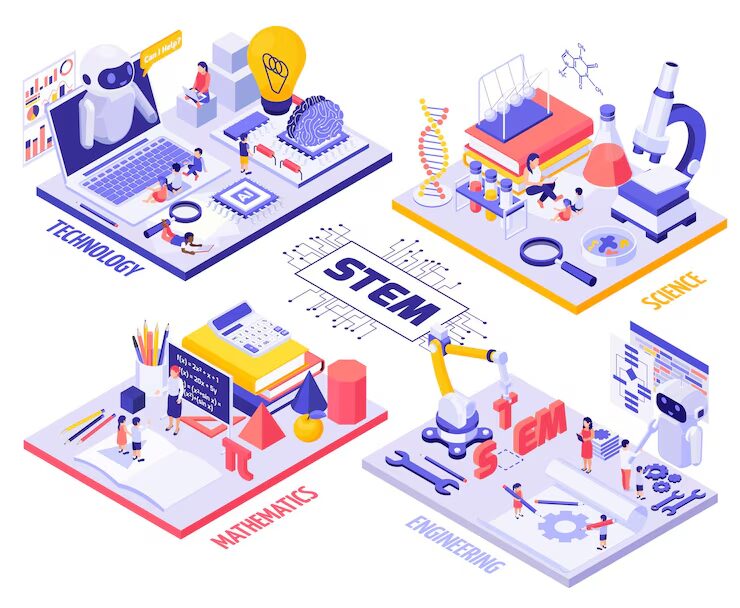
Image: Freepik
Henry AI has no managers. Just engineers who own everything they build—from whiteboard to production.
Roman sets standards through architecture, not authority. He recruits, mentors, and collaborates in a flat structure where speed isn’t sacrificed to process, and ownership drives everything.
No handoffs. No “standups to unblock.” Just engineers building the product they believe in.
What’s Next: Autonomy That Acts
Roman’s current focus? Taking agentic systems beyond insight into execution.
Today, his platforms can:
- Extract insights from documents
- Generate custom decks
- Route results to decision-makers
All without handoffs. No context lost. From data ingestion to decision output, it’s clean, auditable autonomy.
And this is just the start. Roman sees these ideas expanding into sectors like healthcare and finance. AI that triages patients or handles compliance audits—instantly, securely, with full traceability.
For Builders: The Questions That Matter
If you’re building AI-first products, Roman suggests starting with three questions:
- Will this system hold up under pressure?
- Can we detect failure before the user feels it?
- Are we solving a real bottleneck—or just adding noise?
Roman’s journey—pioneering website development to complex AI pipelines—shows one truth: the best systems don’t just run. They recover. And they keep delivering when it matters most.
About the Author
Leah Tran is a senior technology editor and systems design analyst who explores the intersection of AI infrastructure and real-world product delivery. With a background in software engineering and a decade spent reporting on emerging tech ecosystems, she specializes in profiling engineers who turn ideas into impact—especially in high-stakes industries like real estate, finance, and healthcare. Leah’s work appears regularly in BuildLogics, FoundryWire, and Systemic. Off the page, she advises early-stage founders on scalable architecture and champions engineering cultures that prioritize autonomy, reliability, and user-first thinking.

